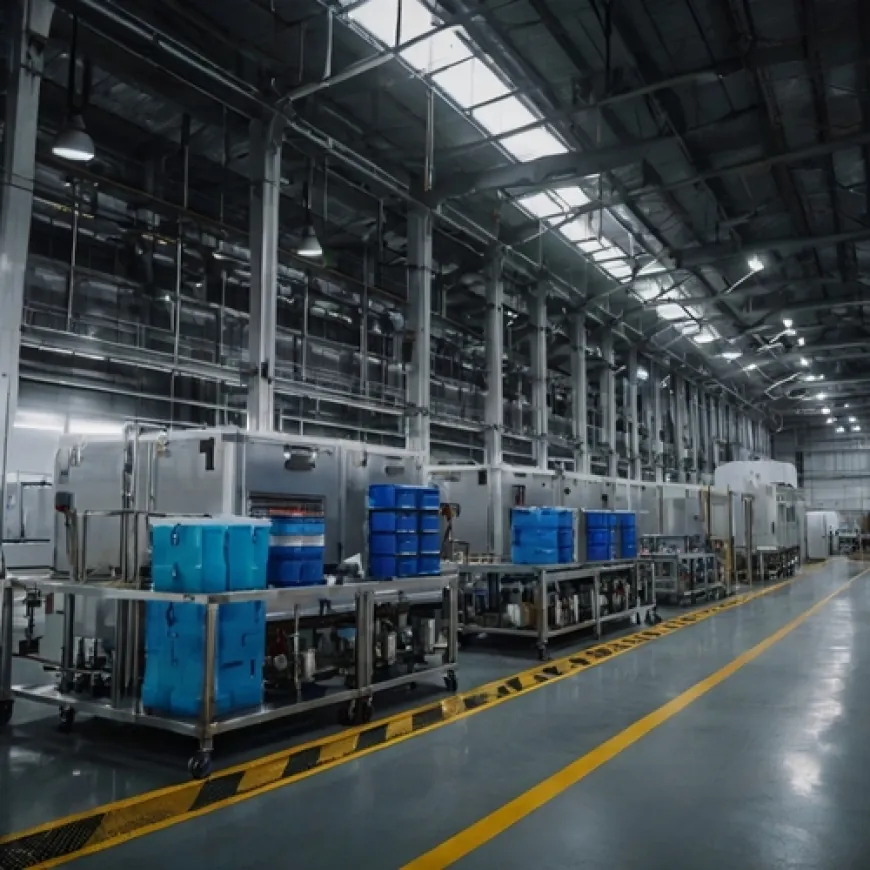The Future of the Cold Chain Market in 2031
The cold chain market is anticipated to experience significant growth by 2031, driven by the rising demand for temperature-sensitive products

The cold chain market is anticipated to experience significant growth by 2031, driven by the rising demand for temperature-sensitive products across various industries, including food and beverages, pharmaceuticals, and biotechnology. As global trade expands and consumer preferences shift towards fresh and safe products, the importance of an efficient cold chain infrastructure becomes increasingly evident. This article explores key trends, challenges, and opportunities within the cold chain market.

Key Trends Shaping the Cold Chain Market
One of the most prominent trends in the cold chain market is the integration of advanced technologies such as the Internet of Things (IoT), artificial intelligence (AI), and blockchain. IoT devices enable real-time monitoring of temperature and humidity, ensuring that products are stored and transported under optimal conditions. AI algorithms analyze data to predict potential disruptions in the supply chain, allowing businesses to take proactive measures.
Additionally, the push towards sustainability is influencing the cold chain market. Companies are investing in energy-efficient refrigeration systems and sustainable packaging solutions to minimize their environmental footprint. This shift is not only driven by regulatory pressures but also by consumer demand for environmentally friendly practices.
Challenges Facing the Cold Chain Market
Despite the promising growth prospects, the cold chain market faces several challenges. One major hurdle is the high cost of infrastructure development and maintenance. Building and operating refrigerated warehouses, transportation vehicles, and monitoring systems require substantial investment, which can be a barrier for smaller businesses.
Moreover, the global cold chain market is subject to stringent regulations and standards concerning food safety and quality. Compliance with these regulations can be complex, requiring companies to invest in training and technology to ensure adherence.
Opportunities for Growth
The cold chain market presents significant opportunities for companies that can adapt to changing consumer preferences and technological advancements. The rise of e-commerce and online grocery shopping has created a growing demand for efficient cold chain logistics. Companies that can offer reliable and fast delivery of perishable goods will likely gain a competitive edge.
Additionally, emerging markets present untapped opportunities. As developing countries experience economic growth and urbanization, the demand for cold chain solutions for food and pharmaceuticals is expected to rise. Companies looking to expand their operations should consider these markets as potential growth areas.
In conclusion, the cold chain market is poised for substantial growth by 2031. With advancements in technology, a focus on sustainability, and emerging opportunities in developing regions, businesses that invest in efficient cold chain solutions will be well-positioned to thrive in this evolving landscape.












